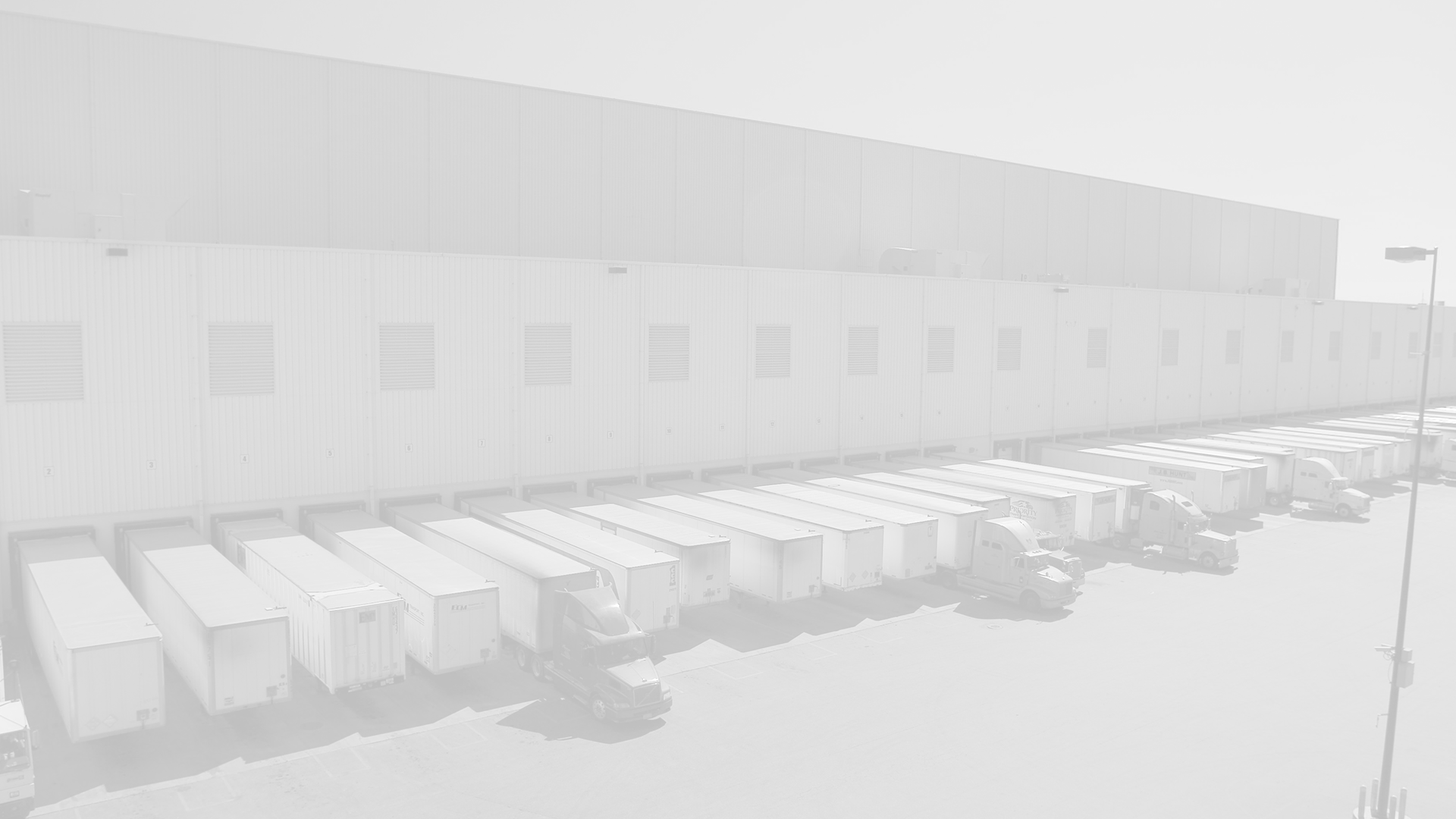Predicting and preparing for the future is the hallmark of success. Statisticians have spent entire careers trying to determine optimal production and shipments. Yet perfect forecasts still elude statisticians, and high error rates and incorrect inventory levels are the norm. While no crystal ball has yet emerged, the integration of real time demand data is beginning to reduce error rates in an industry plagued with on-shelf-availability problems.
High out-of-stock rates have haunted the CPG industry, ranging from six to ten percent across all grocery items. Out-of-stocks are harmful to both retailers and manufacturers, as they are consumers’ least favorite shopping experience. Fifty percent of consumers will abandon their basket when they cannot purchase their desired item, and 70% of these consumers will flee to a competitor’s store. The other 50% of customers will purchase a substitution.1 Despite the less than ideal in-stock rates, little progress has been made towards improving on-shelf-availability.
Pinpointing out-of-stocks remains challenging due to a variety of causes, such as phantom inventory, hidden product, missing shelf tags, latent data, and dynamic sales patterns. According to research by Orchestro, 70% of products have non-stationary means, meaning their sales average fluctuates by day. Standard forecasting models have trouble taking this variance into account, resulting in high error rates.
Given the singular approach used, and the inherent guess that is forecasting, it is no surprise that a high rate of error exists. An annual benchmarking study, looking at 90,000 items across nine top CPG manufacturers, has found a gradual increase in forecast error since 2009. This is likely due to the fact that network complexity continues to rise, and new products account for at least one-third of all items each year.2
New products accounted for one-third of all volume in 2012, increasing a trend of volatility seen throughout the industry.5 Seventy percent of CPG companies surveyed by Gartner believe demand variation has increased in the last year, likely due to the multitude of new product introductions, increasing promotional use, and multi-channel activity. 6 New items have hindered forecasting, as statistical forecasting is of little benefit until items have at least two years of history.7Multi-channel retailing adds another layer of complexity, as retailers and manufacturers are not responsive enough to accommodate demand signals across multiple sourcing and delivery options. Manufacturers and retailers carry excess inventory to make up for forecast inaccuracies, adding excess cost into their supply chains. As margins become slimmer, companies are moving towards lean supply chains, trying to reduce safety stock to the lowest possible levels.
When forecasting, retailers and manufacturers must balance a high degree of uncertainty against service level, taking care to not reduce inventories to the point where customer demand is not met. Retailer trends towards smaller backrooms with less storage space reinforce the need for more accurate forecasts. Retailers are increasingly relying on deliveries to bring new inventory, rather than stockpiling items in their backroom.
As the impetus for more accurate forecasting grows stronger, firms are collaborating to use downstream demand signals to identify optimal inventory and replenishment quantities. Demand driven networks are designed to improve the responsiveness of supply chains by capitalizing on the explosion of big data. Short-term demand signals trigger replenishment in upstream supply processes, combining POS data, DC orders and customer orders to act on real-time demand. Companies starting on the demand sensing journey must first compile information from sources like historical demand, current manufacturer and retailer data, third-party data, and human insight. Companies must then utilize the data and measure forecast accuracy to see which sources provide the most valuable information, and weigh that information more heavily to create better forecasts.8
Companies using Big Data to sense demand, as opposed to traditional demand planning methods, have reported 40% reduction in forecasting error. 9 Demand sensing forecasts reduce extreme error, providing consistently low error rates across turn, promotions, and new item volumes.10 Collaboration is key to creating a demand sensing environment; data from all nodes of the supply chain are necessary in order to create a robust forecast.
Click here to receive a copy of ES3’s Complete Top 10 Trends Research!
1 Orchestro, “On-Shelf Availability: Discovering Meaning in Guilty Silences,” Consumer Goods Technology Webinar, May 30, 2013
2 “Terra’s Forecasting Benchmark Study,” Terra Technology, 2012
3 “Terra’s Forecasting Benchmark Study,” Terra Technology, 2012
4 “Terra’s Forecasting Benchmark Study,” Terra Technology, 2012
5 “Terra’s Forecasting Benchmark Study,” Terra Technology, 2012
6 Jan Kohler, “CP Companies Leverage Demand Signals and Pull Replenishment to Improve Supply Chain Responsiveness,” Gartner, February 6, 2013
7 “Terra’s Forecasting Benchmark Study,” Terra Technology, 2012
8 Ted Stank, Ph.D., et al., “Game-Changing Trends in Supply Chain,”The University of Tennessee Global Supply Chain Institute, Spring 2013
9 Ted Stank, Ph.D., et al., “Game-Changing Trends in Supply Chain,”The University of Tennessee Global Supply Chain Institute, Spring 2013
10 “Terra’s Forecasting Benchmark Study,” Terra Technology, 2012






